In Photos: Ireland's Newgrange Passage Tomb and Henge
Newgrange tomb

The 5,000-year-old Newgrange passage tomb in Ireland, in the Boyne River valley about 25 miles north of Dublin, is one of the world's most famous Neolithic sites.
Now, new discoveries near the tomb have highlighted the importance of the tomb and surrounding countryside to the prehistoric peoples of the region. [Read more about the Newgrange tomb]
Neolithic treasure
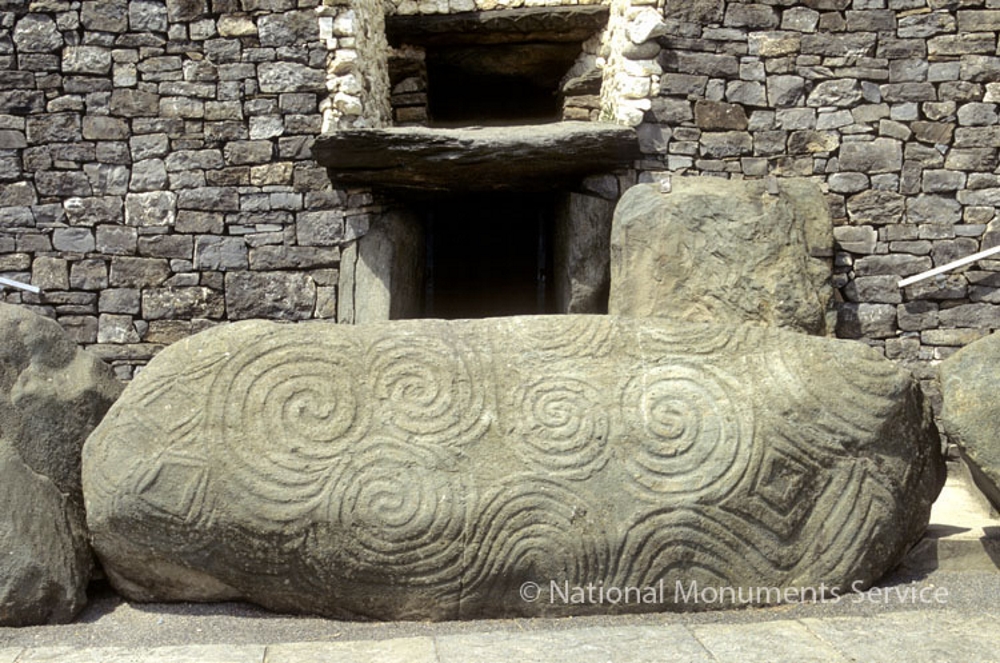
The Newgrange passage tomb was built more than 5,000 years ago — making it older than Stonehenge in England and the pyramids at Giza in Egypt.
The tomb and the surrounding area, comprising is more than 90 Neolithic and early Bronze-Age monuments, are recognized as the Brú na Bóinne World Heritage site by the United Nations cultural agency UNESCO.
Solstice alignment
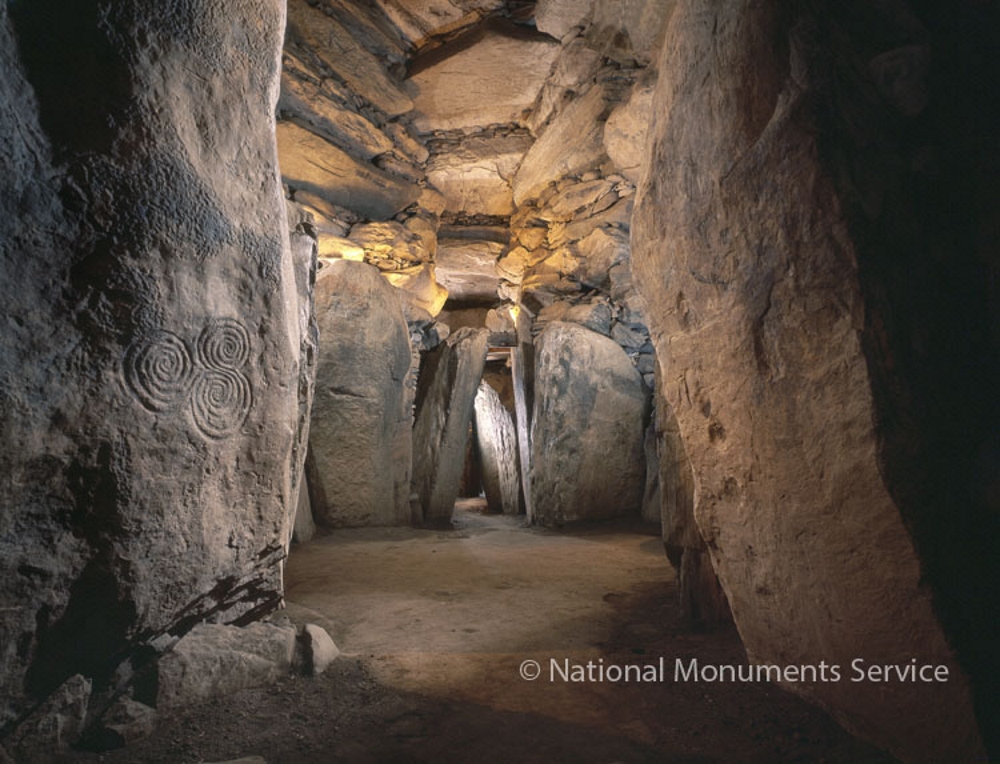
The Newgrange passage tomb is most famous for the dramatic alignment of its central buried passage with the sunrise on mid-winter solstice in December.
Each year, the rising mid-winter sun casts a beam of light through a "roof box" above the entranceway, deep into the mound of the tomb where human remains were once placed in stone niches.
Geophysical survey
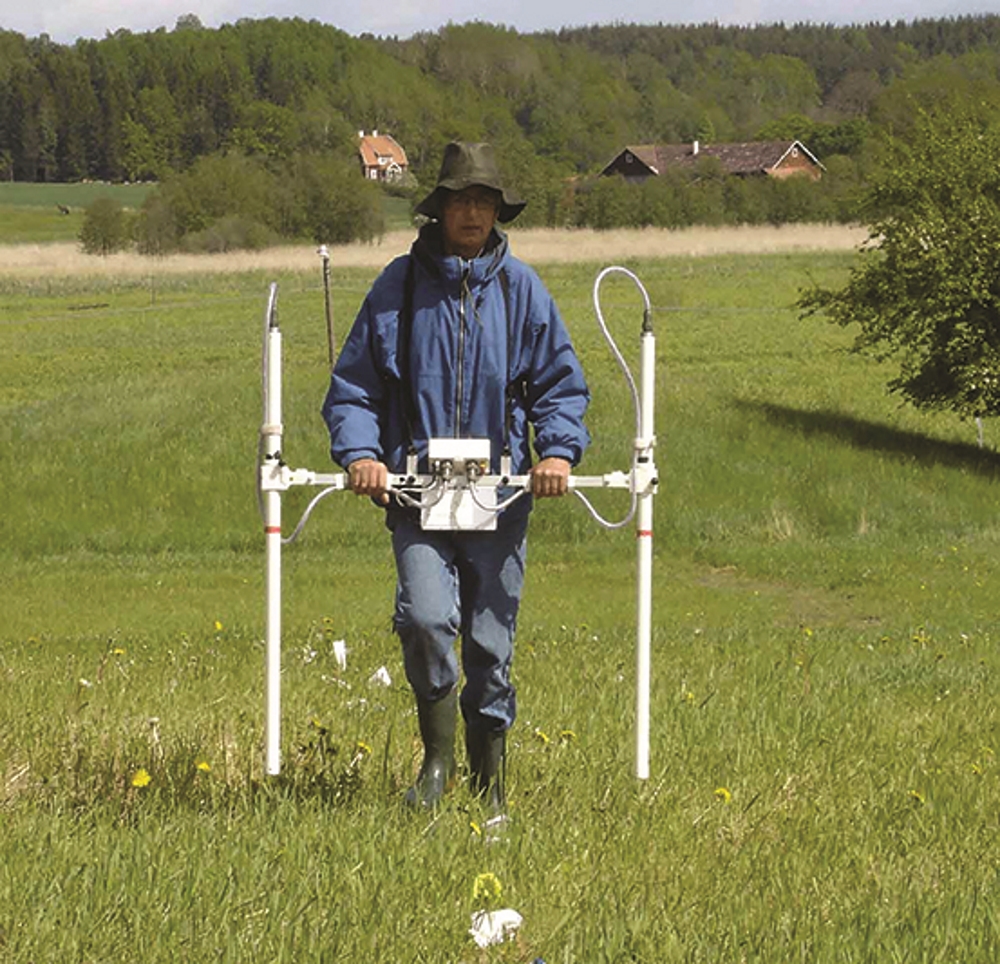
The Neolithic passage tomb at Newgrange attracts tens of thousands of visitors every year, and an extension was planned to the existing visitors' center at the site.
In 2015, archaeologist Joanna Leigh carried out a geophysical survey of the land south of the entrance to the passage tomb, where the extension was planned.
Mystery monument
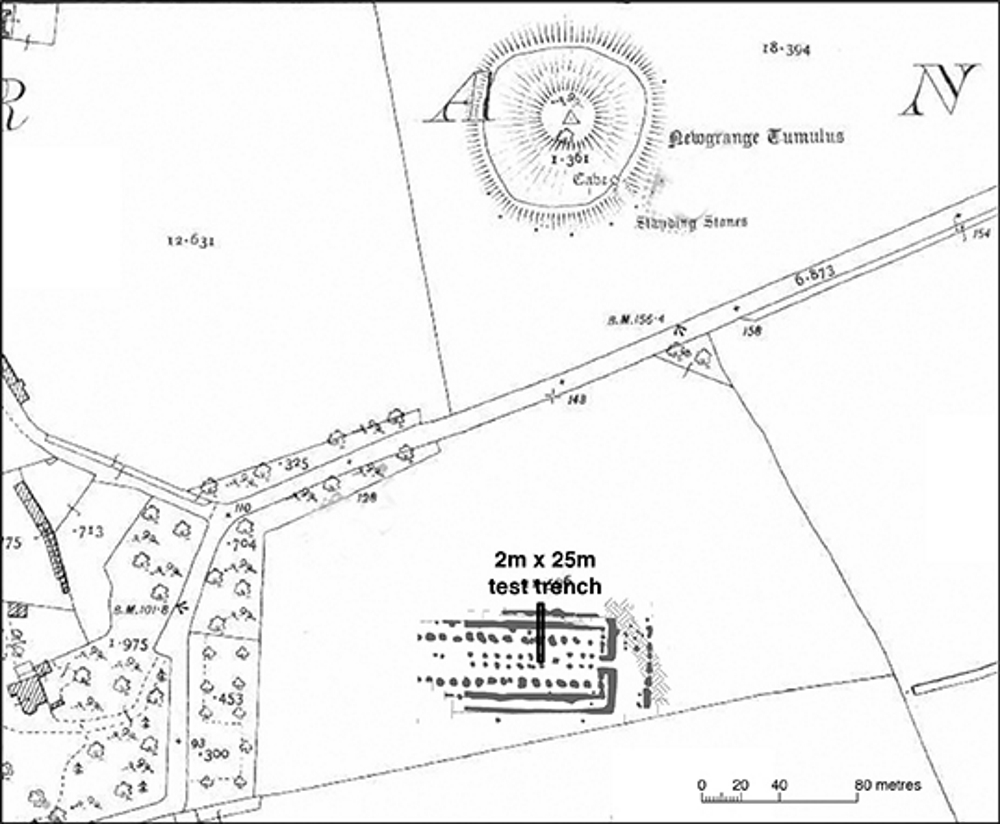
To the surprise of archaeologists and the landowners, Leigh's geophysical survey revealed a large buried structure south of the Newgrange tomb.
Plans to extend the visitors' center into the area have now been put on hold.
Parallel pits
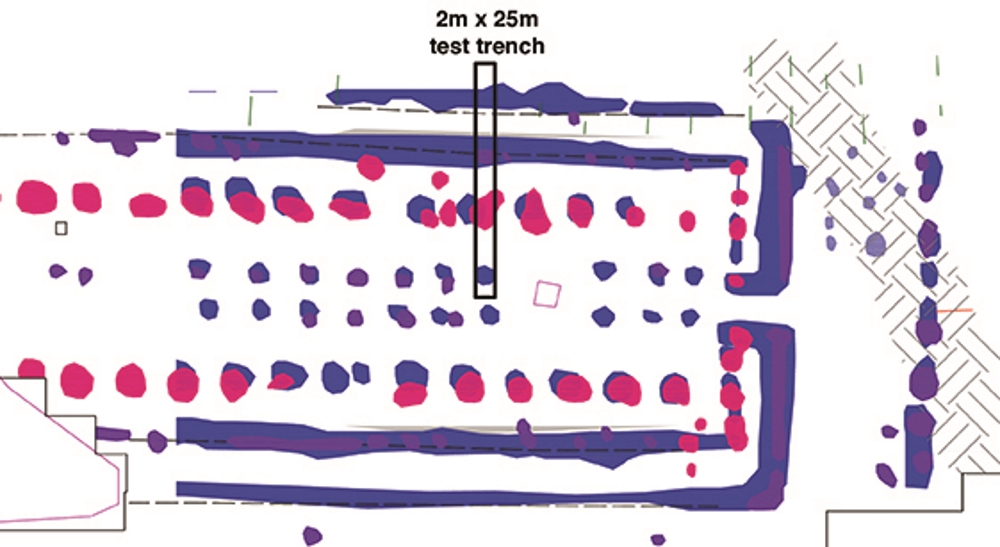
Leigh's geophysical survey showed that the buried structure appeared to consist of parallel rows of pits, aligned from east to west.
The rows of pits at the eastern end of the buried structure almost exactly aligned with the entrance to the passage tomb.
Excavations begin
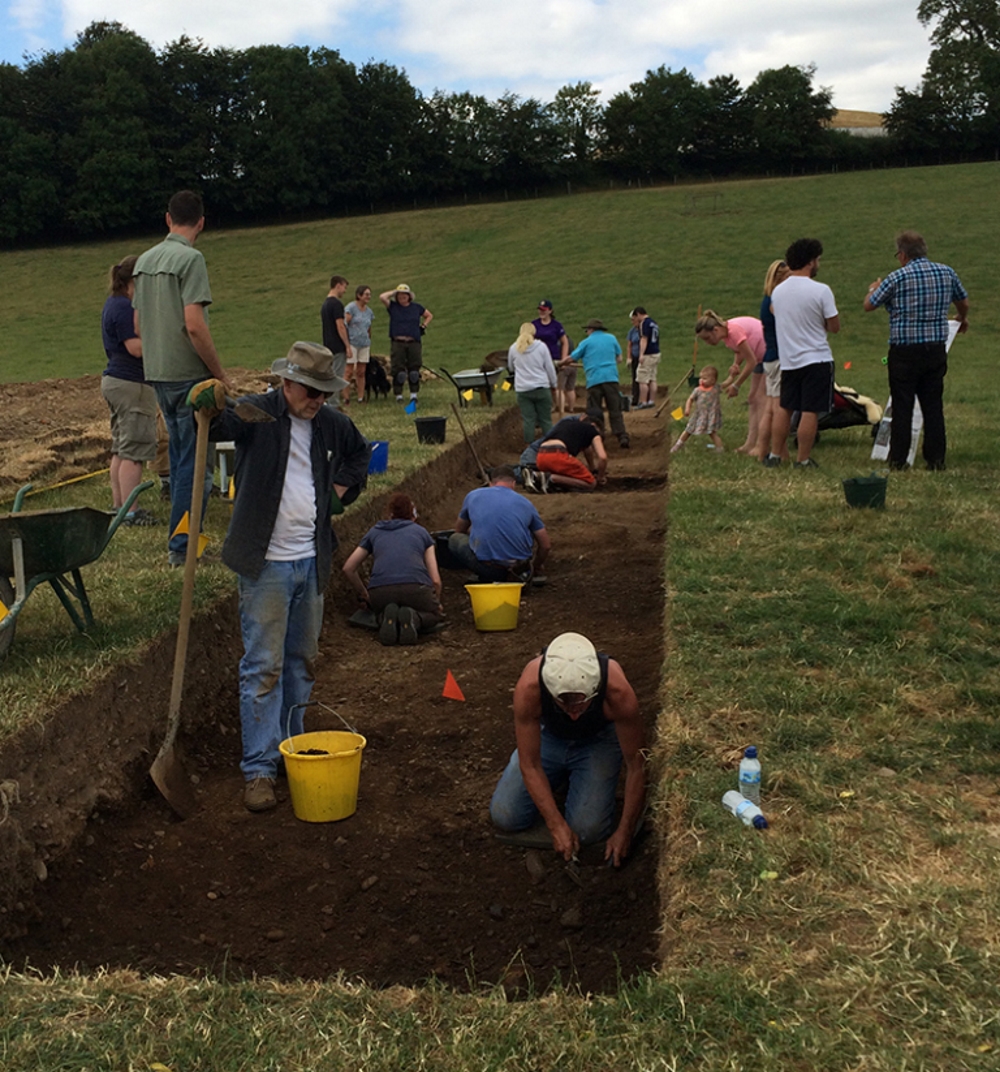
Excavations of the mysterious buried structure south of the Newgrange tomb began in July 2018.
The excavations are funded by a grant from the Royal Irish Academy and led by Geraldine Stout, an archaeologist with Ireland's National Monument Service, and her husband Matthew Stout, a professor of geography and history at Dublin City University.
Sign up for the Live Science daily newsletter now
Get the world’s most fascinating discoveries delivered straight to your inbox.
Ceremonial cursus
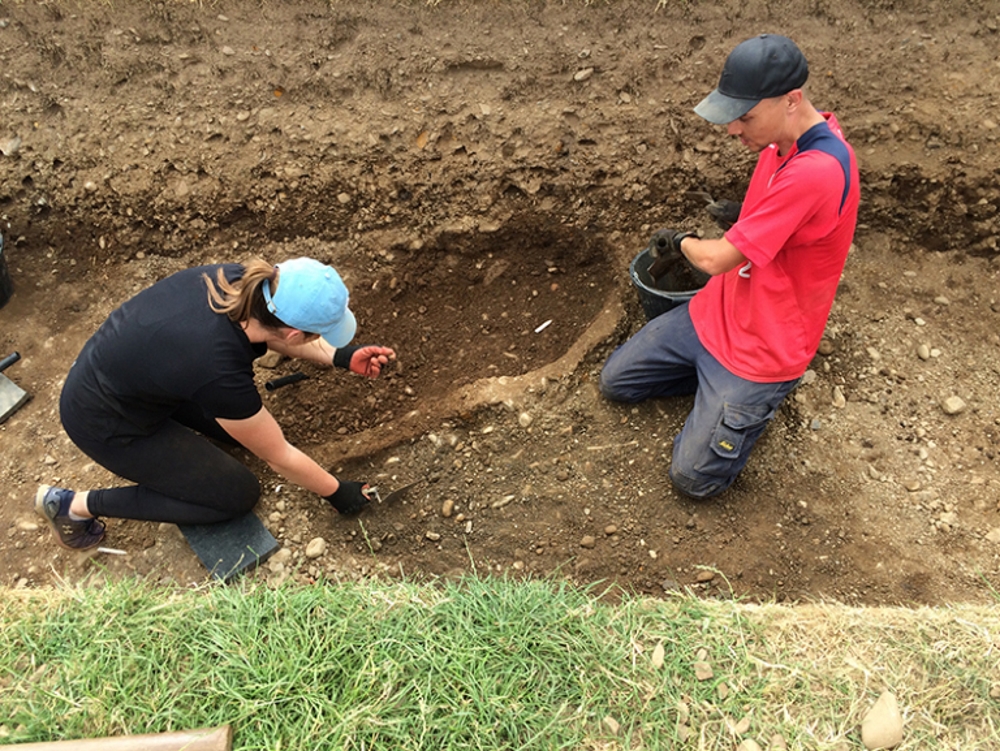
The dig is the first scientific excavation near the Newgrange passage tomb in more than 30 years.
Archaeologists now think the buried structure is a Neolithic cursus, or ceremonial avenue, that was built around the time of the passage tomb or relatively soon afterwards.
Local volunteers
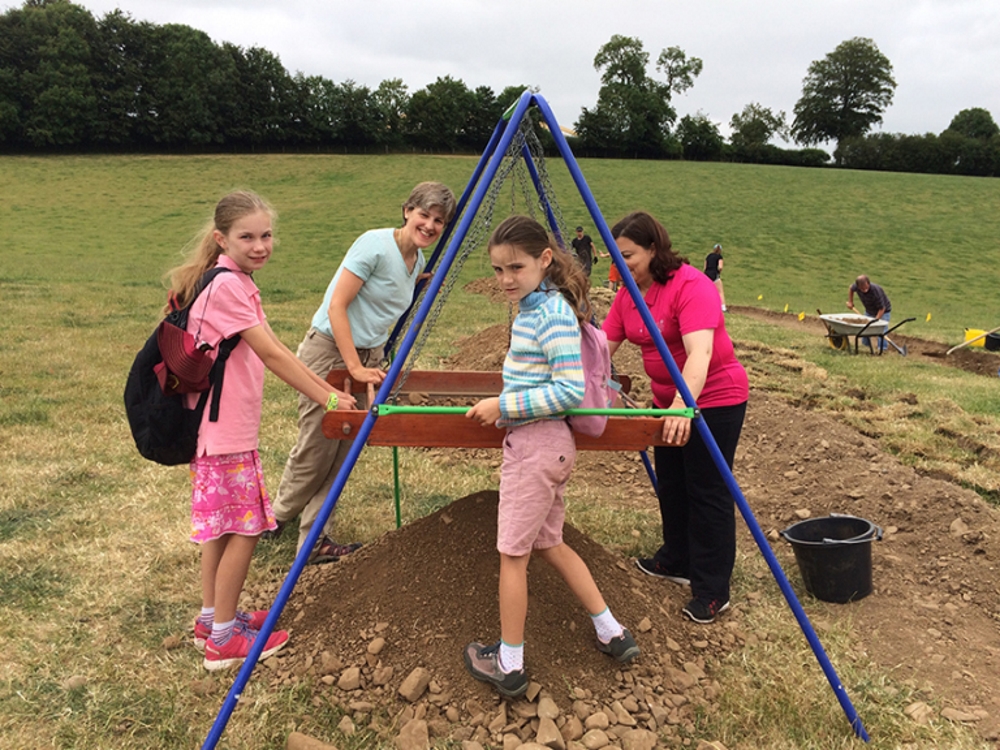
The archaeologists have been helped in their work by dozens of volunteers, who took advantage of the warm summer weather in Ireland to join the excavations.
Pottery clues
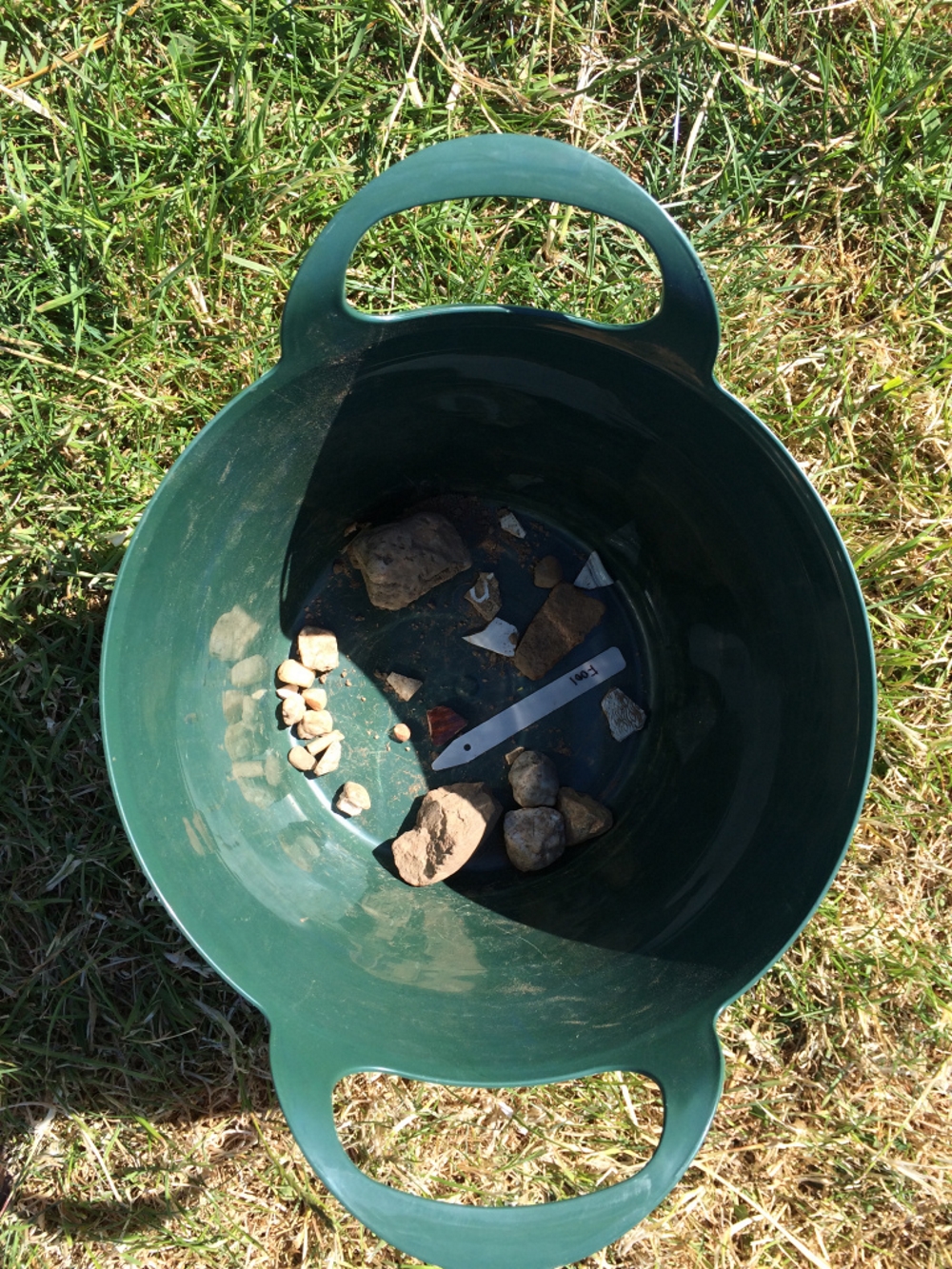
The lack of medieval and later pottery from the dig is interpreted as evidence that the buried structure dates from the Neolithic period, about 5,000 years ago.
Archaeologists now think it was a cursus, or ceremonial walkway, which may have been used during the spring and fall equinoxes for ceremonies associated with the passage tomb.
Crop marks
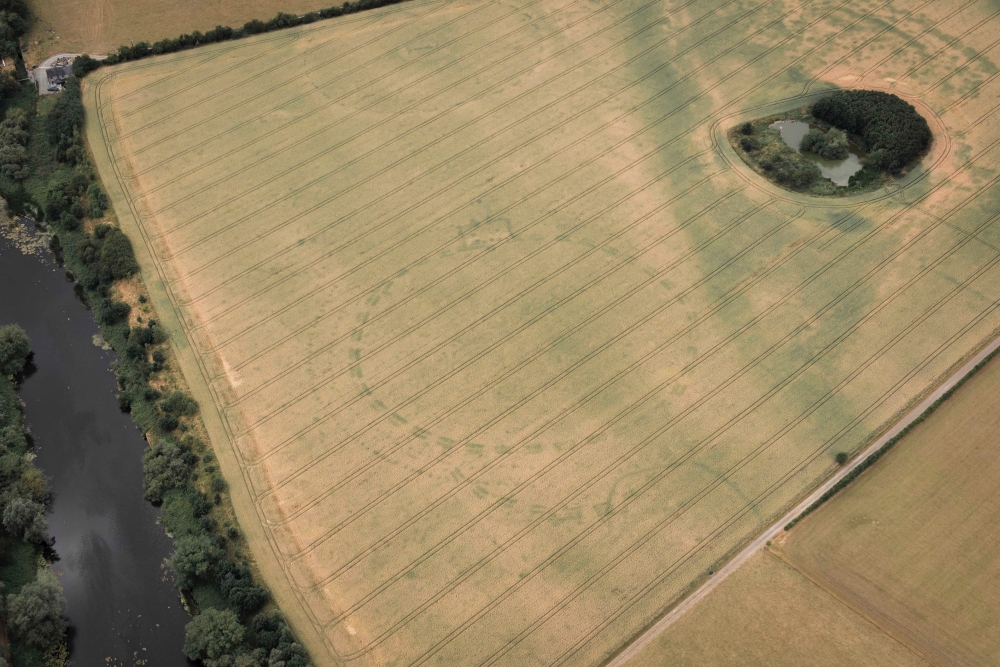
The warm summer has also revealed a previously unknown henge structure in a field just south of the latest excavations.
Local historians Anthony Murphy and Ken Williams spotted the circular structure in crop marks that show up in warm weather.
Tom Metcalfe is a freelance journalist and regular Live Science contributor who is based in London in the United Kingdom. Tom writes mainly about science, space, archaeology, the Earth and the oceans. He has also written for the BBC, NBC News, National Geographic, Scientific American, Air & Space, and many others.









